Comprehensive Analysis of Air Duct Testing: Methods, Samples, and Key Insights
Overview
Air ducts, also known as ventilation ducts, are critical components in HVAC systems, ensuring the smooth transportation of air across various spaces. Proper testing of air ducts is essential to maintain energy efficiency, indoor air quality, and system safety. In this article, we delve into the details of air duct testing, exploring the necessary samples, testing items, instruments, and methodologies to achieve precise and reliable results.
Testing Samples
The samples for air duct testing are often determined by the type of ductwork and its operational conditions. Common materials include **galvanized steel ducts**, **flexible ducts**, and **rigid fiberglass ducts**. Testing also extends to **seals, joints, and insulation materials**. Each sample is carefully evaluated for durability, leakage, and overall functionality, ensuring the duct system meets operational standards.
Key Testing Items
Several critical factors are examined during air duct testing to ensure system performance:
- Air Leakage: Assessing the amount of air escaping from the system and its impact on efficiency.
- Structural Integrity: Evaluating the physical durability of the ducts under operational stress.
- Thermal Insulation: Measuring the thermal resistance to minimize energy loss.
- Contaminant Levels: Checking for dust, mold, and other pollutants that could degrade indoor air quality.
Testing Instruments
Accurate air duct testing requires advanced instruments designed for precise measurements:
- Airflow Meters: Devices used to measure the volume and velocity of airflow.
- Smoke Test Equipment: Tools to visualize air leakage points.
- Pressure Gauges: Instruments for measuring static and dynamic pressure within the ducts.
- Infrared Cameras: Used to identify thermal leaks in insulated ducts.
Testing Methods
The methodologies employed in air duct testing vary based on the system and goals:
- Pressure Testing: A blower door or duct blower is used to pressurize the duct system and identify leaks.
- Smoke Testing: A visible smoke stream is introduced to trace leaks and verify sealing effectiveness.
- Thermal Imaging: Infrared scanning detects heat loss in insulated sections.
- Air Quality Sampling: Devices collect and analyze air samples to assess contaminant levels.
Conclusion
Air duct testing plays a pivotal role in ensuring the efficiency, safety, and environmental quality of HVAC systems. By focusing on proper sample selection, thorough testing of critical items, and employing advanced instruments and methodologies, we can identify issues early and maintain system integrity. Regular testing not only extends the lifespan of duct systems but also contributes to a healthier, more energy-efficient environment.
结语
以上是关于Comprehensive Analysis of Air Duct Testing: Methods, Samples, and Key Insights的介绍,如有其它问题请 联系在线工程师 。




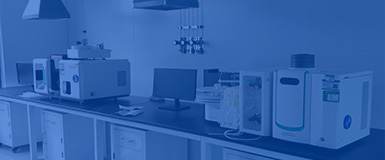
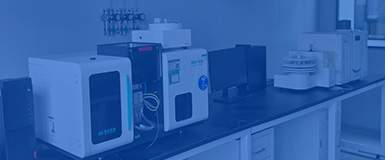
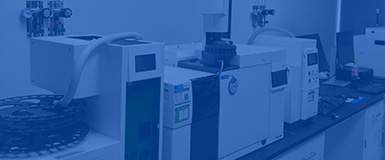
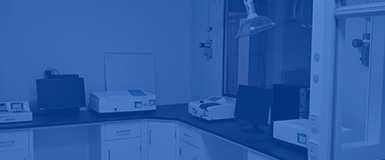
 第三方检测机构
第三方检测机构


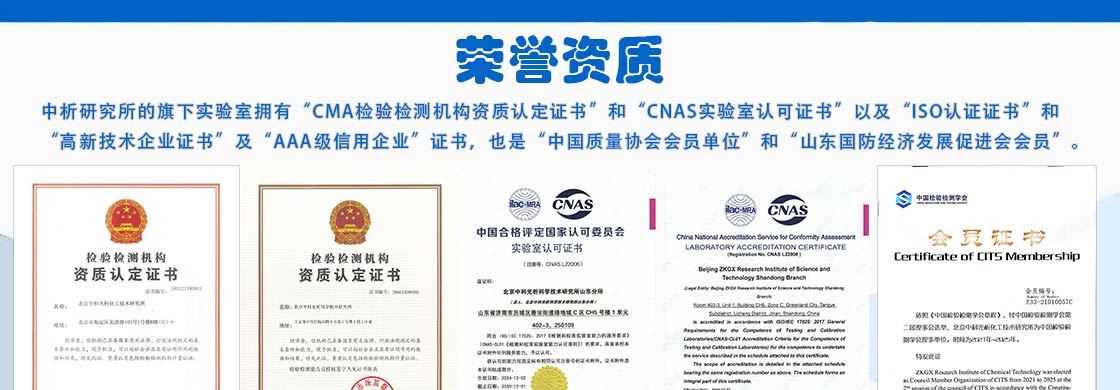
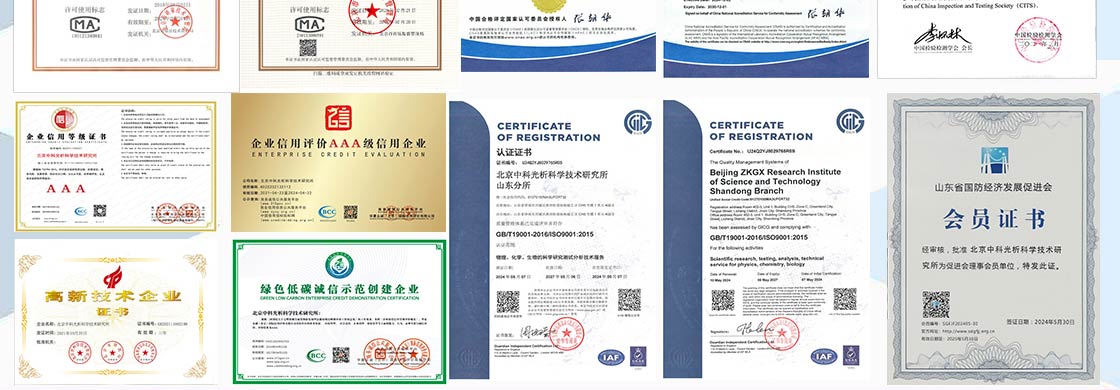

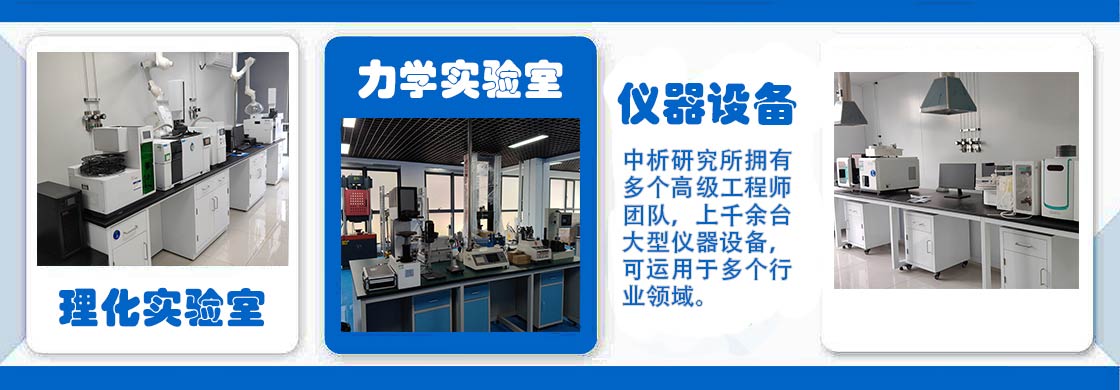
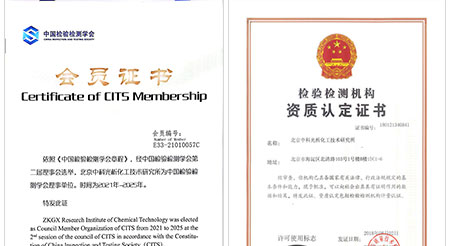




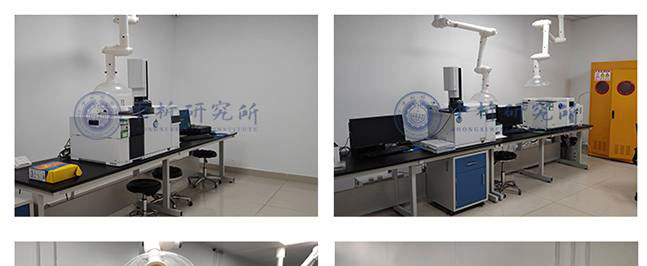
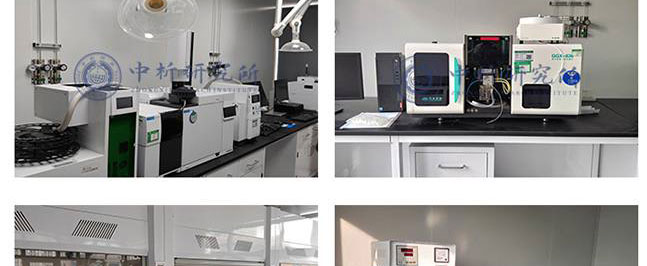
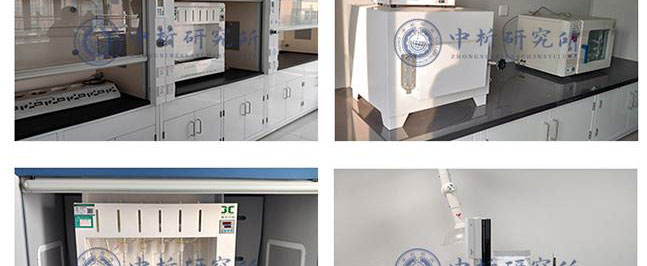
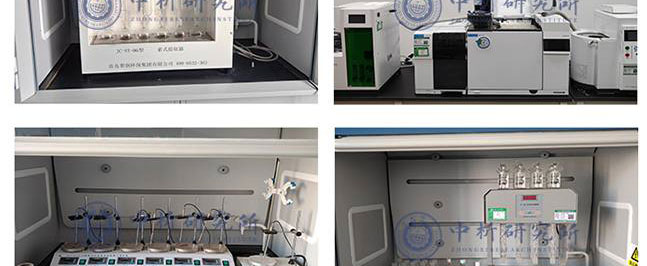
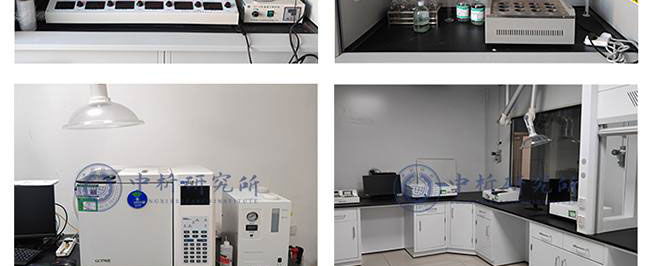
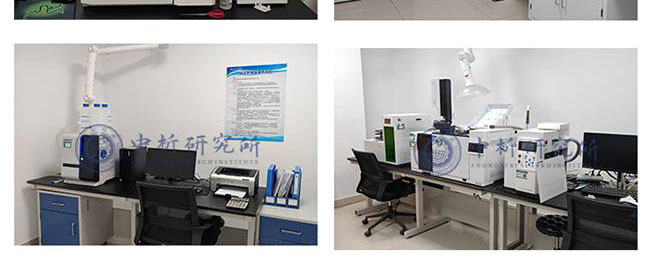






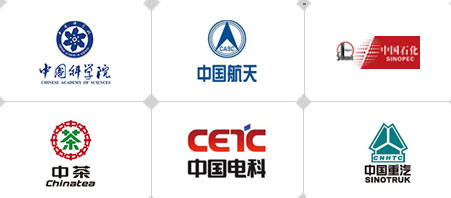










 备案号:
备案号: